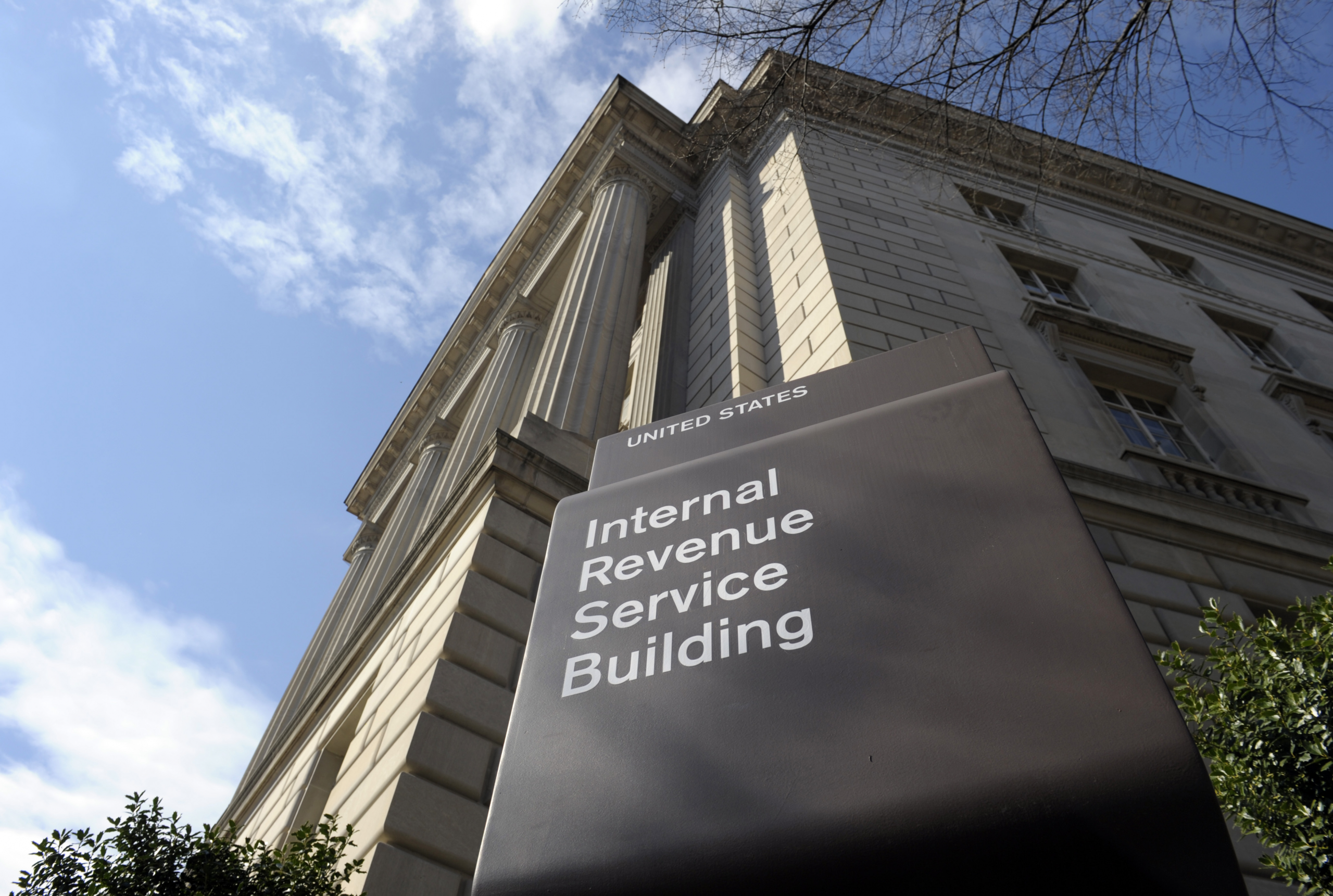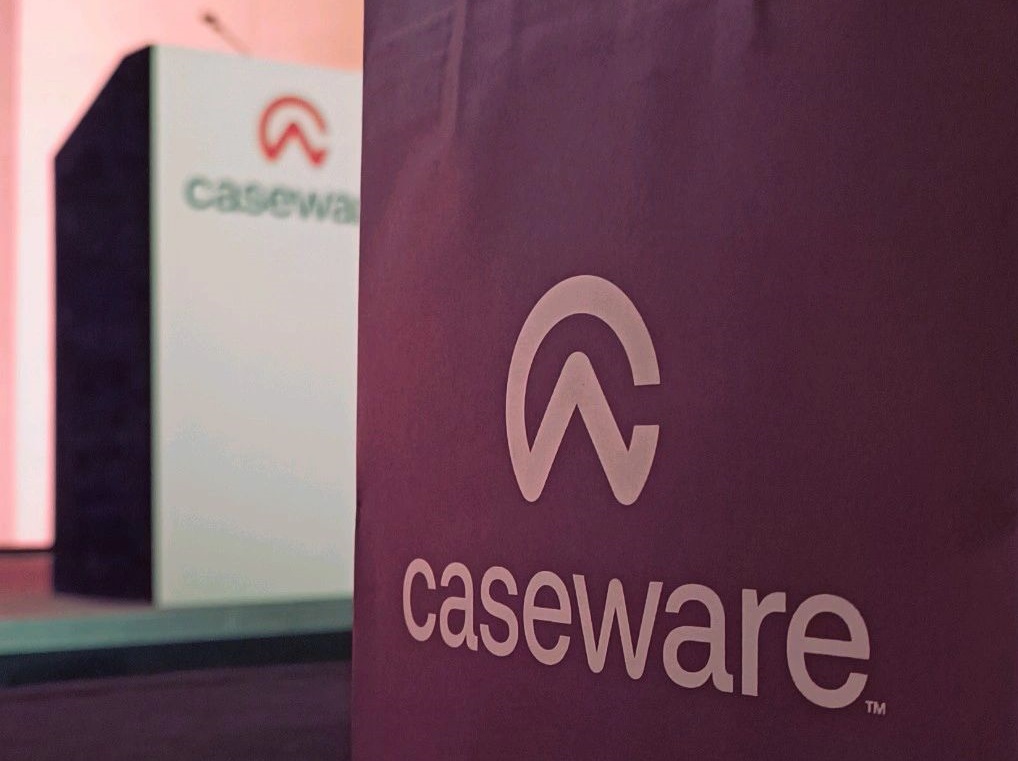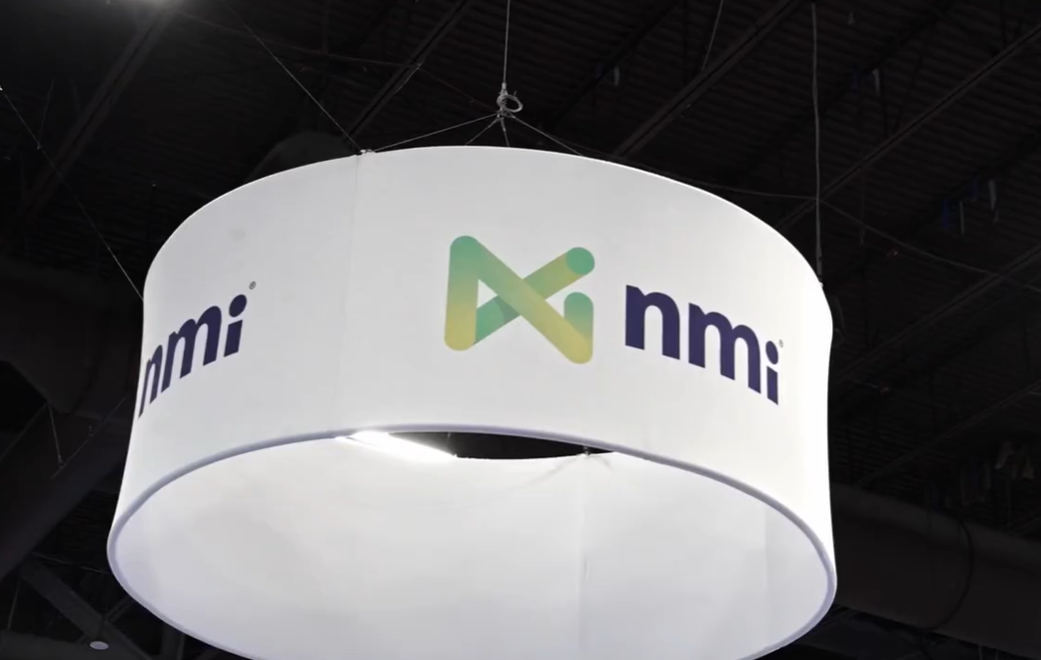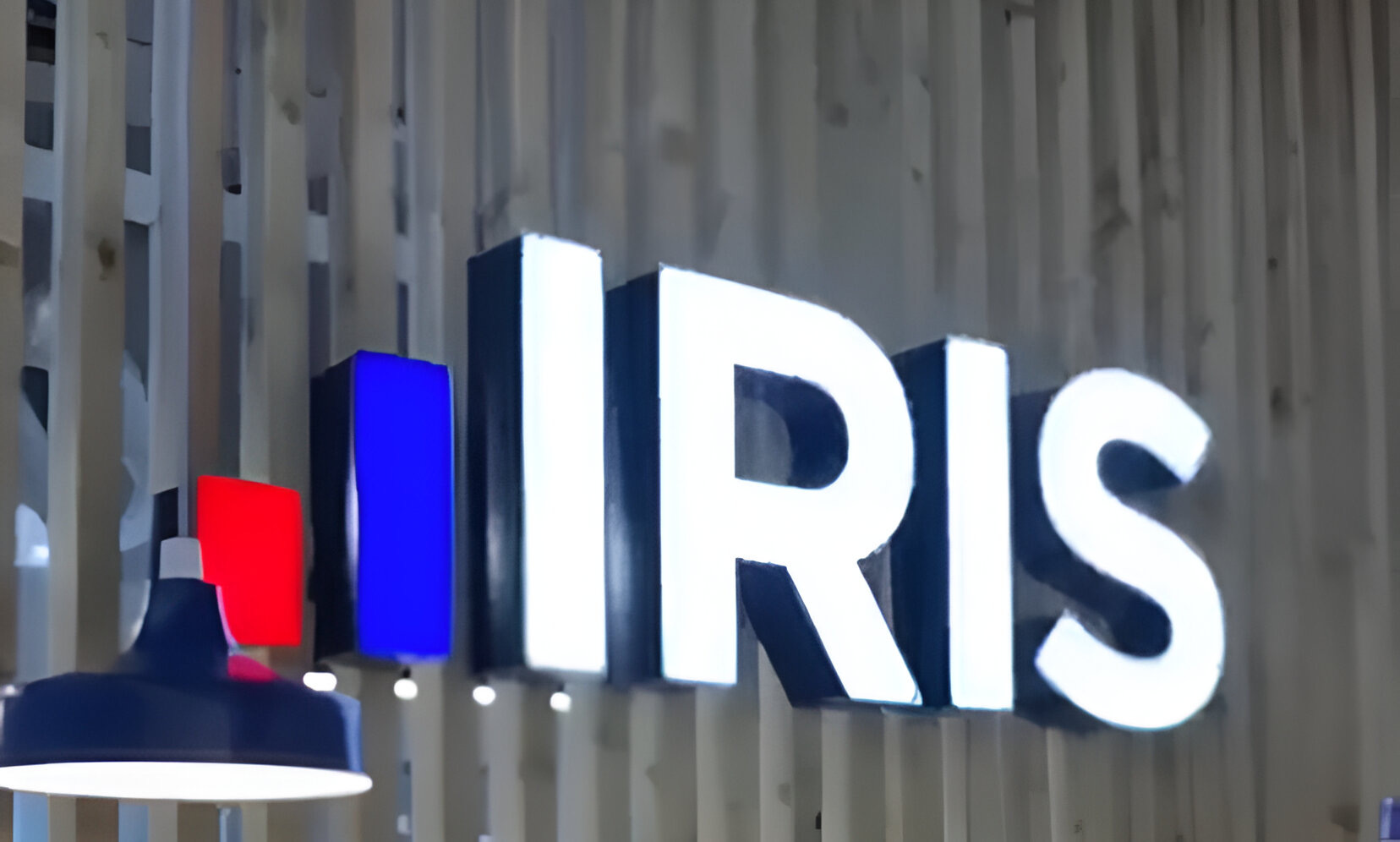In a comment letter to the Internal Revenue Service, the New York State Society of CPAs suggested three changes should be made to the Private Foundation Return Form (Form 990-PF). The changes would potentially simplify the form, improve preparation accuracy and encourage increased electronic filing.
Private foundations use Form 990-PF to report on their activities and charitable distribution as well as figure taxes based on investment income. Debuting in 1974, the outdated Form 990-PF is difficult to follow and has caused confusion to those in the user and tax professional communities, the Society said in the comment letter sent last month.
‘We hope the NYSSCPA’s suggestions outlined in the comment letter are received as simple but tangible ways to improve how the IRS collects the proper amount of tax revenue from private foundations while also reducing the compliance burden on the organizations,” said Joanne S. Barry, NYSSCPA executive director.
“As CPAs who practice with tax exempt organizations, we encompass both public charities and private foundations,” said Kevin Sunkel, chair of the Society’s Exempt Organizations Committee and primary drafter of the Society’s letter. In comparison, “Form 990, (which is used) by public charities was revised in a major way back in 2008, but the Form 990-PF, which is used for private foundations, has remained more or less static since it was designed in 1974.”
The first proposed form change referred to Part II of the Balance Sheet Investments lines 10a, b, and c, which requires schedules to be attached by category of investment. The NYSSCPA recommended the IRS to combine 990-PF balance sheet lines 10a, b, and c into one line called, “Publicly Trades Securities” with the same qualifications and limitations as applies to the comparable Form 990 line.
“Many foundations attach lengthy supporting schedules rather than incur additional costs to enter or import the information into tax software,” the NYSSCPA wrote. “This could expose foundations to a greater risk of identity theft by third parties and this requirement also serves as a disincentive to electronic filing.“
Another suggestion the NYSSCPA recommended referred to the compensation threshold in Part VIII – Information about Employees and Contractors, lines 2 and 3.
“The Form 990-PF compensation threshold for employees and contractors is $50,000 while the Form 990 (used by public charities) threshold for highest compensated employees and contractors is $100,000,” the NYSSCPA wrote. “There is no discernible public policy reason or tax enforcement purpose that would justify the lower threshold for the 990-PF.”
The NYSSCPA suggested the compensation threshold on Form 990-PF should be increased to $100,000 as a way to simplify form preparation, improve consistency and comparability of compensation data between public and private charities.
“We tried to make the changes fairly easy for the IRS to implement,” Sunkel said. “Our goal, although it may be optimistic, would be for the IRS to incorporate these changes into the 2015 forms. It would make life easier for the IRS because they’d be getting less paperwork and more electronically-filed documents, while making work easier for practitioners who would not need two sets of definitions with them at all times.”
Towards the end of the letter, the NYSSCPA also mentioned areas where alignment and comparability between Form 990 and 990-PF could be accomplished.
“Our comments are based upon our real world experiences in providing professional services to a wide array of tax exempt organizations,” the NYSSCPA wrote. “We look forward to working with the IRS on an ongoing collaborative basis to bring the nonprofit industry to a more consistent, transparent and reliable position.”
Click to read the entire NYSSCPA comment letter here.
Thanks for reading CPA Practice Advisor!
Subscribe Already registered? Log In
Need more information? Read the FAQs




